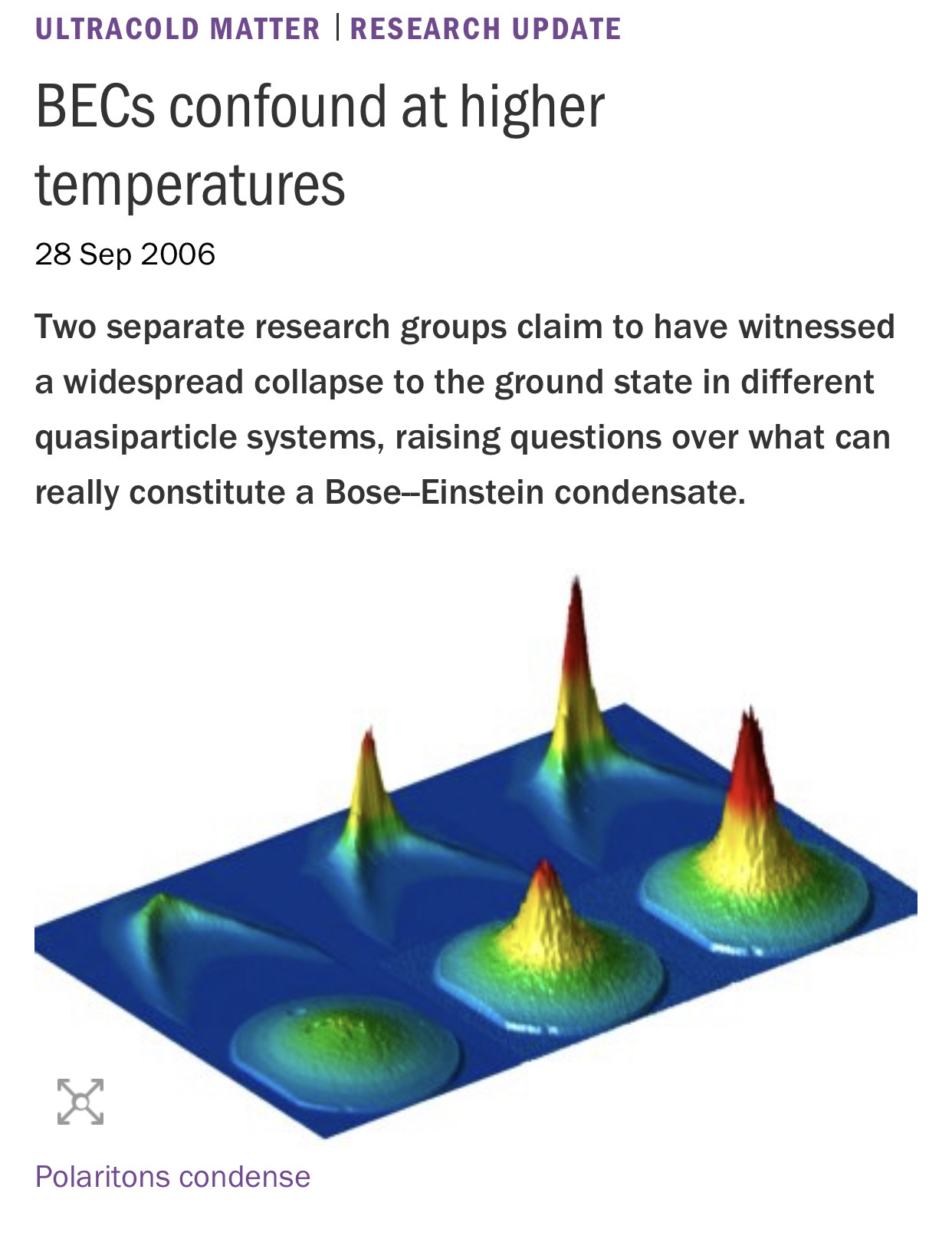The Mac
@TheMac
14 September, 02:26
Notice: Undefined index: tg1tga_access in /home/admin/www/anonup.com/themes/default/apps/timeline/post.phtml on line 396
The Mac
@TheMac
14 September, 02:26
In response The Mac to his Publication
(Then this)
Here, we demonstrate that the piezoelectric and liquid-crystalline properties of M13 bacteriophage (phage) can be used to generate electrical energy. Using piezoresponse force microscopy, we characterize the structure-dependent piezoelectric properties of the phage at the molecular level. We then show that self-assembled thin films of phage can exhibit piezoelectric strengths of up to 7.8 pm V− 1. We also demonstrate that it is possible to modulate the dipole strength of the phage, hence tuning the piezoelectric response, by genetically engineering the major coat proteins of the phage. Finally, we develop a phage-based piezoelectric generator that produces up to 6 nA of current and 400 mV of potential and use it to operate a liquid-crystal display.
Here, we demonstrate that the piezoelectric and liquid-crystalline properties of M13 bacteriophage (phage) can be used to generate electrical energy. Using piezoresponse force microscopy, we characterize the structure-dependent piezoelectric properties of the phage at the molecular level. We then show that self-assembled thin films of phage can exhibit piezoelectric strengths of up to 7.8 pm V− 1. We also demonstrate that it is possible to modulate the dipole strength of the phage, hence tuning the piezoelectric response, by genetically engineering the major coat proteins of the phage. Finally, we develop a phage-based piezoelectric generator that produces up to 6 nA of current and 400 mV of potential and use it to operate a liquid-crystal display.
Notice: Undefined index: tg1tga_access in /home/admin/www/anonup.com/themes/default/apps/timeline/post.phtml on line 396
The Mac
@TheMac
14 September, 02:28
In response The Mac to his Publication
The word piezoelectricity comes from the Greek word piezein, which means squeeze or press and electron, which means “amber” and is an ancient source of electric charge. ... Piezoelectric materials allow conversion of energy from the mechanical domain to the electrical domain and vice versa.
Notice: Undefined index: tg1tga_access in /home/admin/www/anonup.com/themes/default/apps/timeline/post.phtml on line 396
The Mac
@TheMac
14 September, 02:31
In response The Mac to his Publication
A Wigner crystal is the solid (crystalline) phase of electrons first predicted by Eugene Wigner in 1934.[1][2] A gas of electrons moving in 2D or 3D in a uniform, inert, neutralizing background will crystallize and form a lattice if the electron density is less than a critical value. This is because the potential energy dominates the kinetic energy at low densities, so the detailed spatial arrangement of the electrons becomes important.
Notice: Undefined index: tg1tga_access in /home/admin/www/anonup.com/themes/default/apps/timeline/post.phtml on line 396
To minimize the potential energy, the electrons form a bcc (body-centered cubic) lattice in 3D, a triangular lattice in 2D and an evenly spaced lattice in 1D. Most experimentally observed Wigner clusters exist due to the presence of the external confinement, i.e. external potential trap. As a consequence, deviations from the b.c.c or triangular lattice are observed.[3] A crystalline state of the 2D electron gas can also be realized by applying a sufficiently strong magnetic field. However, it is still not clear whether it is the Wigner-crystallization that has led to observation of insulating behaviour in magnetotransport measurements on 2D electron systems, since other candidates are present, such as Anderson localization.
02:31 AM - Sep 14, 2021
In response The Mac to his Publication
Only people mentioned by TheMac in this post can reply
The Mac
@TheMac
14 September, 02:33
In response The Mac to his Publication
Magnons, electron spin waves, can be controlled by a magnetic field. Densities from the limit of a dilute gas to a strongly interacting Bose liquid are possible. Magnetic ordering is the analog of superfluidity. The condensate appears as the emission of monochromatic microwaves, which are tunable with the applied magnetic field.
In 1999 condensation was demonstrated in antiferromagnetic TlCuCl3,[16] at temperatures as large as 14 K. The high transition temperature (relative to atomic gases) is due to the small mass (near an electron) and greater density. In 2006, condensation in a ferromagnetic Yttrium-iron-garnet thin film was seen even at room temperature[17][18] with optical pumping. Condensation was reported in gadolinium in 2011.[19] Magnon BECs have been considered as qubits for quantum computing.
In 1999 condensation was demonstrated in antiferromagnetic TlCuCl3,[16] at temperatures as large as 14 K. The high transition temperature (relative to atomic gases) is due to the small mass (near an electron) and greater density. In 2006, condensation in a ferromagnetic Yttrium-iron-garnet thin film was seen even at room temperature[17][18] with optical pumping. Condensation was reported in gadolinium in 2011.[19] Magnon BECs have been considered as qubits for quantum computing.
Notice: Undefined index: tg1tga_access in /home/admin/www/anonup.com/themes/default/apps/timeline/post.phtml on line 396
The Mac
@TheMac
14 September, 02:36
In response The Mac to his Publication
Notice: Undefined index: tg1tga_access in /home/admin/www/anonup.com/themes/default/apps/timeline/post.phtml on line 396

